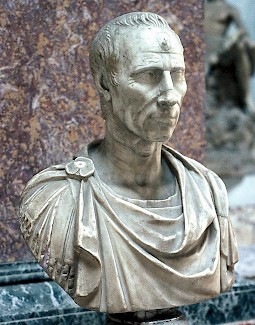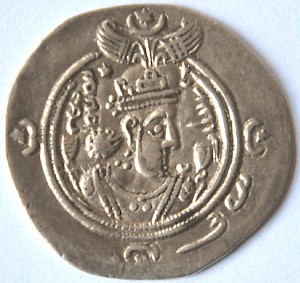Zela
Q203018Zela: town in Pontus/Cappadocia, famous for a battle in 47 BCE, in which Julius Caesar defeated Pharnaces of Pontus (modern Zile in Turkey).
Zela is an old city. In the nineteenth century BCE, Assyrian merchants who were trading with Anatolia, recorded the name of the road station and called it Durchamit. A couple of centuries later, a town called Durmitta is mentioned in Hittite texts. After the Persian king Cyrus the Great had conquered Cappadocia in the mid-sixth century, the town became an important cult center of the Iranian water goddess Anahita, and retained some autonomy. Its high priest was recognized as ruler of what was called Zelonitis. The Graeco-Roman author Strabo, a native of nearby Amasia, explains how the sanctuary was founded:
The Sacae advanced as far as the country of the Cappadocians [...]. But when they were holding a general festival and enjoying their booty, they were attacked by night by the Persian generals who were then in that region, and utterly wiped out. And these generals, heaping up a mound of earth over a certain rock in the plain, completed it in the form of a hill, and erected on it a wall, and established the temple of Anaïtisnote and the gods who share her altar - Omanus and Anadatus, Persian deities; and they instituted an annual sacred festival, the Sacaea, which the inhabitants of Zela (for thus the place is called) continue to celebrate to the present day.note
After the overthrow of the Achaemenid Empire by Alexander the Great (336-323), the district belonged to the zone of influence of the Seleucid Empire, but after the Peace of Apamea in 188, it was part of the kingdom of Pontus.
The town was situated on a plain and was well fortified, because it was built on hill that sustained the walls on all sides. It controlled the road from Amasia (the capital of Pontus) to the Anatolian highland and was therefore of some strategic importance.

In the neighborhood of the town, the kings of Pontus and the Romans fought for two major battles. In 67 BCE, Mithridates VI of Pontus, who had already been defeated by the Roman commander Lucius Licinius Lucullus, returned to his kingdom with a new army, and defeated Lucullus' deputy Gaius Valerius Triarius at Zela.note As a result of his deputee's defeat, Lucullus was recalled and replaced by Pompey the Great, who - according to Strabo - "added considerable territory to the small town, which belonged for the most part to the temple slaves".note
The other battle, fought on 2 August 47 (on the Roman calendar; the date of the battle of Cannae) or 21 May BCE (on our calendar), became famous because the Roman general, Gaius Julius Caesar, summarized the entire campaign in the famous words veni, vidi, vici ("I came, saw, conquered"). The real campaign, however, had been difficult, and his enemy, Pharnaces of Pontus (a son of Mithridates VI), came close to victory.note

After the second battle, Zela was a safe possession of the Roman world, and benefited from the rapid urbanization of the Anatolian highland during the reign of Augustus. It belonged to the province of Cappadocia, but was transferred to Galatia by Nero.
In Late Antiquity, when the cult of Anahita had already been replaced by that of the Holy Virgin, Zela belonged to the province called Helenopontus. It suffered from the invasion by the Sasanian king Khusrau II the Victorious (in 625): the city appears to have been more or less abandoned.